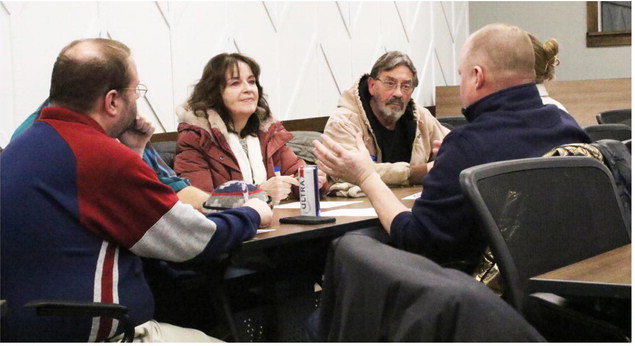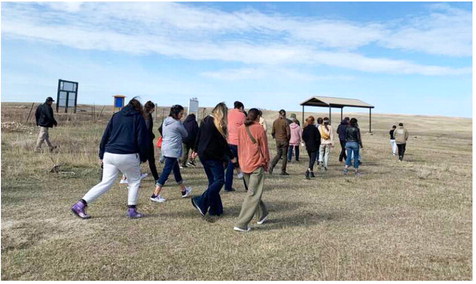New Elk Hunting Access Process Implemented
Montana Fish, Wildlife & Parks is implementing a new process for elk hunting access (EHA) agreements to provide more transparency with the public and landowners and allow for a clearer process for Fish and Wildlife Commission review.
EHA agreements were codified in Montana statute in 2001. The agreements were known as “454 agreements” reflecting the bill number of the original legislation. The statute was amended several times in the past 20 years, including during the 2021 session.
In general, EHA agreements allow landowners to receive an elk permit or license in exchange for allowing three public hunters on their property. One of the hunters is selected by the landowner from the list of successful permit or Elk B License applicants for the hunting district where the property is located. The other two hunters are selected by FWP from the same lists depending on the opportunities outlined in the agreement. At least three public hunters are required for each landowner permit issued, but other access opportunities can be included in the agreement. This year landowners can apply for EHA agreements through May 15.
The details on how to apply are located online at fwp.mt.gov/hunt/landownerprograms/ public-elk-access- agreements.
The Fish and Wildlife Commission will approve 2022 EHA agreements at their June 23 meeting. The applications proposed for approval will be posted online two weeks prior to the meeting and the commission will take public comments on the applications at its meeting.
This year FWP is proposing to cap additional landowner permits for these agreements at 10 percent of the commission-approved permit or license quota for the hunting district where the agreement is valid. For example, if a hunting district has 100 permits, 10 new permits would be available for these agreements. A permit or license allocated to a landowner via EHA agreement is valid only on the landowner’s property. The permits cannot be sold, transferred or bartered for. “Capping the number of new permits available for these agreements makes sense given that we expect more landowners to partic-

